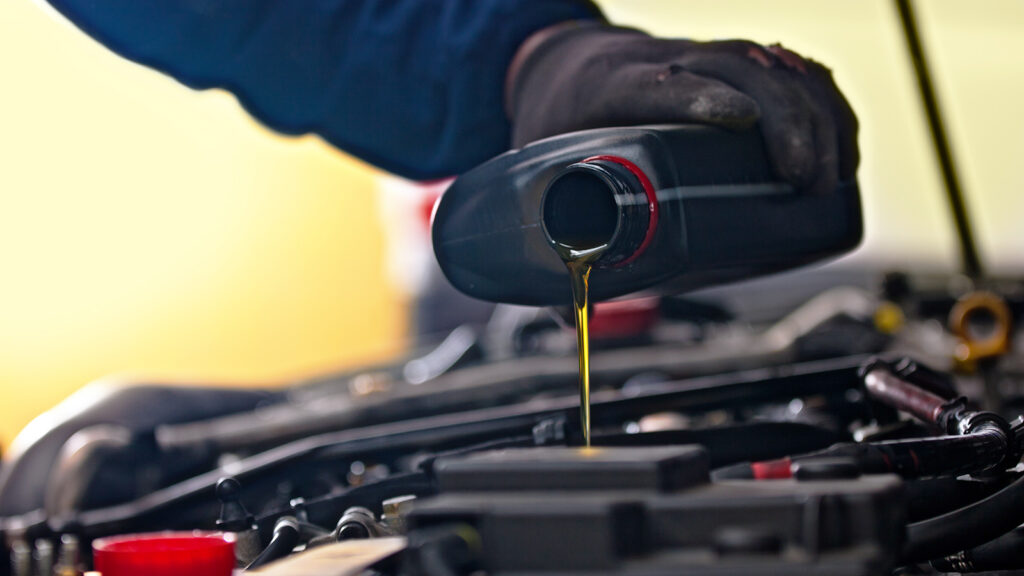Keeping up with oil changes is one of the simplest and most important ways to maintain your vehicle. Fresh oil lubricates the engine, reduces friction, and prevents harmful buildup. But with different vehicle types, driving conditions, and oil technologies, the question “how often should you get an oil change?” doesn’t always have a one-size-fits-all answer.
The best approach is to consider your vehicle manufacturer’s recommendations and use your tools — like your oil dipstick — to stay on top of your engine’s health. Knowing the factors that affect oil change frequency and watching for signs that it’s time can save you money while extending your vehicle’s life.
Factors That Affect Oil Change Frequency
- Vehicle Manufacturer Guidelines
Most automakers recommend oil changes every 5,000 to 7,500 miles, though some modern vehicles with synthetic oils can stretch up to 10,000 miles or more. Always check your owner’s manual first — it’s the most reliable source for your car’s needs. - Driving Conditions
Your driving habits have a huge impact on oil life. Stop-and-go city traffic, frequent short trips, or towing heavy loads put more strain on your oil than steady highway driving. Vehicles under “severe duty” often need oil changes at shorter intervals. - Type of Oil Used
Conventional oil breaks down faster than synthetic oil. While synthetic oils cost more, they last longer, withstand higher temperatures, and protect better in extreme conditions. Many drivers find the extended change intervals make synthetics a worthwhile investment. - Age and Mileage of Your Vehicle
Older vehicles or those with high mileage may need more frequent oil changes. Engines with wear and tear often run hotter and put more contaminants into the oil, shortening its lifespan. - Oil System Components
Parts like the oil pan gasket play a role in keeping oil where it belongs. A leaking gasket can cause oil loss, leading to faster wear and potentially serious engine damage if ignored.
Signs You May Need an Oil Change
Even if you’re tracking mileage, your vehicle may show signs that oil service is overdue. Ignoring these can put your engine at risk.
- Dark or Dirty Oil
Checking your oil dipstick is the easiest way to know what’s happening under the hood. Fresh oil is golden brown and translucent. Over time, it becomes darker and thicker as it collects dirt and combustion byproducts. If it looks dirty, it’s time to replace it. - Unusual Engine Noises
If you hear knocking, ticking, or grinding sounds, it could be due to insufficient lubrication. Old oil loses its protective qualities, and metal-on-metal contact increases wear inside the engine. - Oil Change or Check Engine Light
Many modern vehicles have sensors that alert you when oil life is low. If the oil change indicator or check engine light comes on, schedule service as soon as possible. - Exhaust Smoke
A little vapor is normal, especially on cold mornings. But if you see blue or dark smoke, it could indicate burning oil, leaks, or other engine problems that require immediate attention. - Oil Leaks Under the Car
If you notice oil spots where you park, you may have a leak. Leaks can come from gaskets, seals, or the oil filter. Using a quality oil drain pan while changing oil helps you inspect for leaks and safely dispose of old fluid.
Final Thoughts
Oil is the lifeblood of your engine, and regular changes keep everything running smoothly. While most cars fall into the 5,000 to 7,500-mile range, factors like your driving style, oil type, and vehicle age can affect that schedule. Paying attention to your dipstick, watching for leaks, and listening to your engine ensures you catch problems before they turn into costly repairs.
By combining manufacturer guidelines with regular checks, you’ll always know when your vehicle needs fresh oil. Staying proactive with oil changes is one of the easiest ways to extend engine life, improve fuel economy, and keep your car running at its best.







